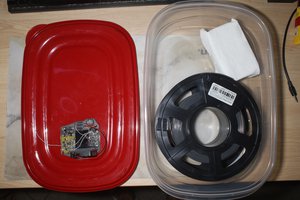It just measures temperature. The humidity & barometric pressure are constant. Being a tiny apartment, there's no place for a rain gauge & the only temperature measurements are from a balcony. The temperature readings are bad, but better than wunderground.com. Whenever a lion wants to open a window or go outside, the estimated outside temperature is always right there on the LED panel next to the indoor temperature.

The most expensive part of measuring temperature is the enclosure. Unlike most weather stations which have elaborate stacked air vents & cost a lot, this one used coroplastic, packing tape, & zip ties with a reasonable shot at good airflow with protection from the elements.
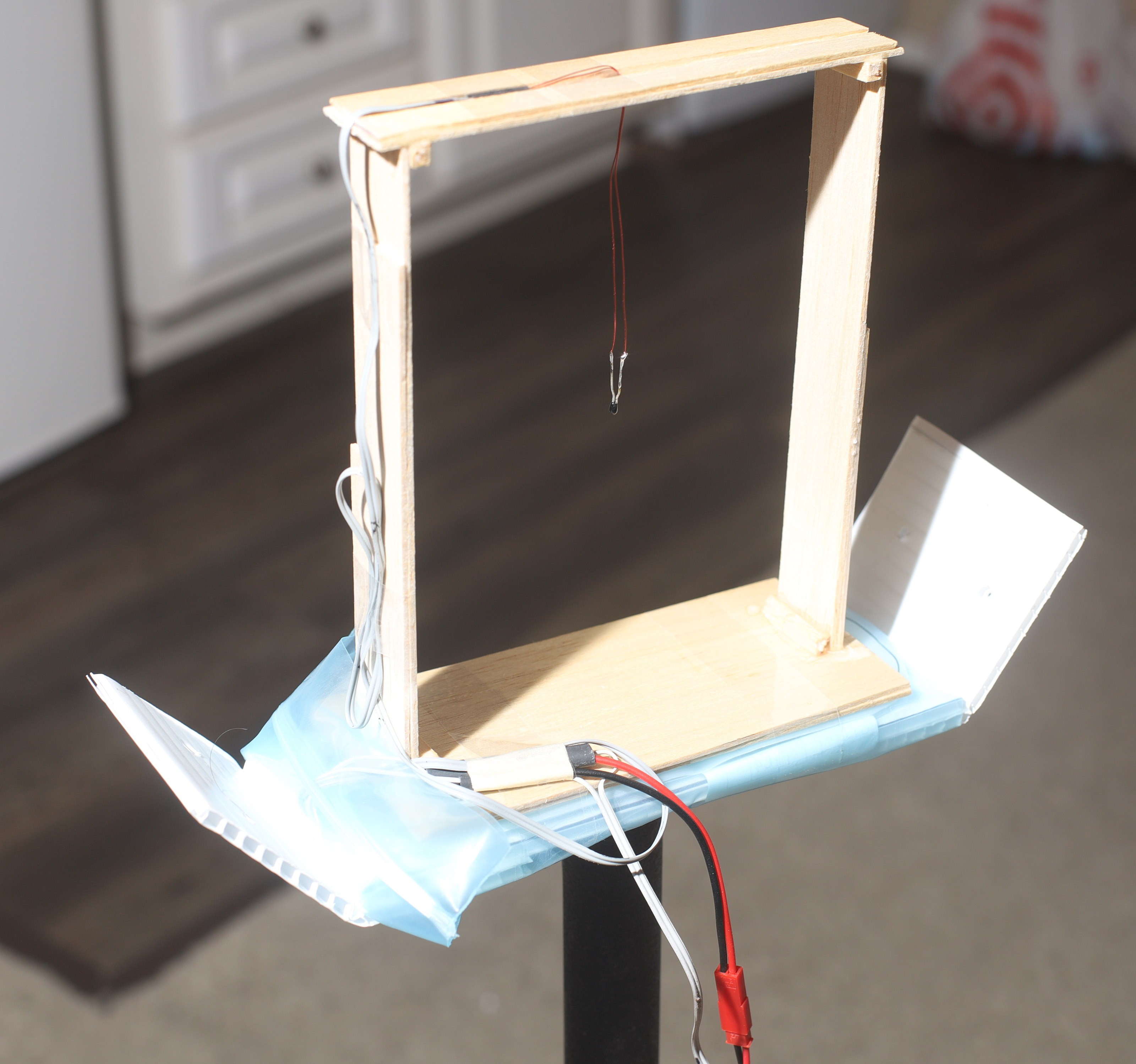
It took some doing to isolate the thermistor from the heating of the enclosure.
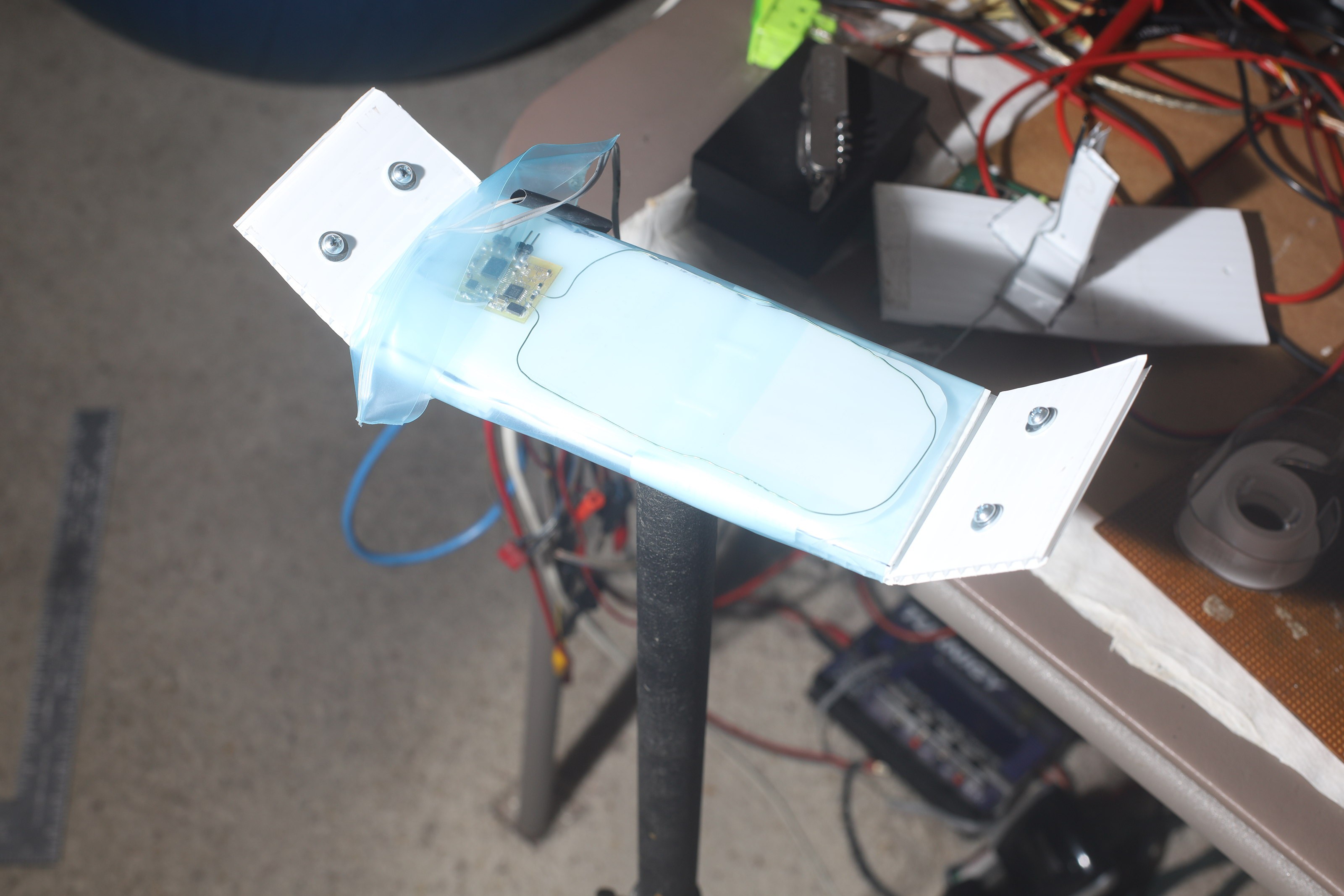
Instead of a standards based IOT solution, the transmitter is just a PIC with SI4421 radio. It burns 200uA in idle & pulses 30mA every 30 seconds to transmit.
A 2nd Si4421 radio connected to a USB uart & raspberry pi records the data.
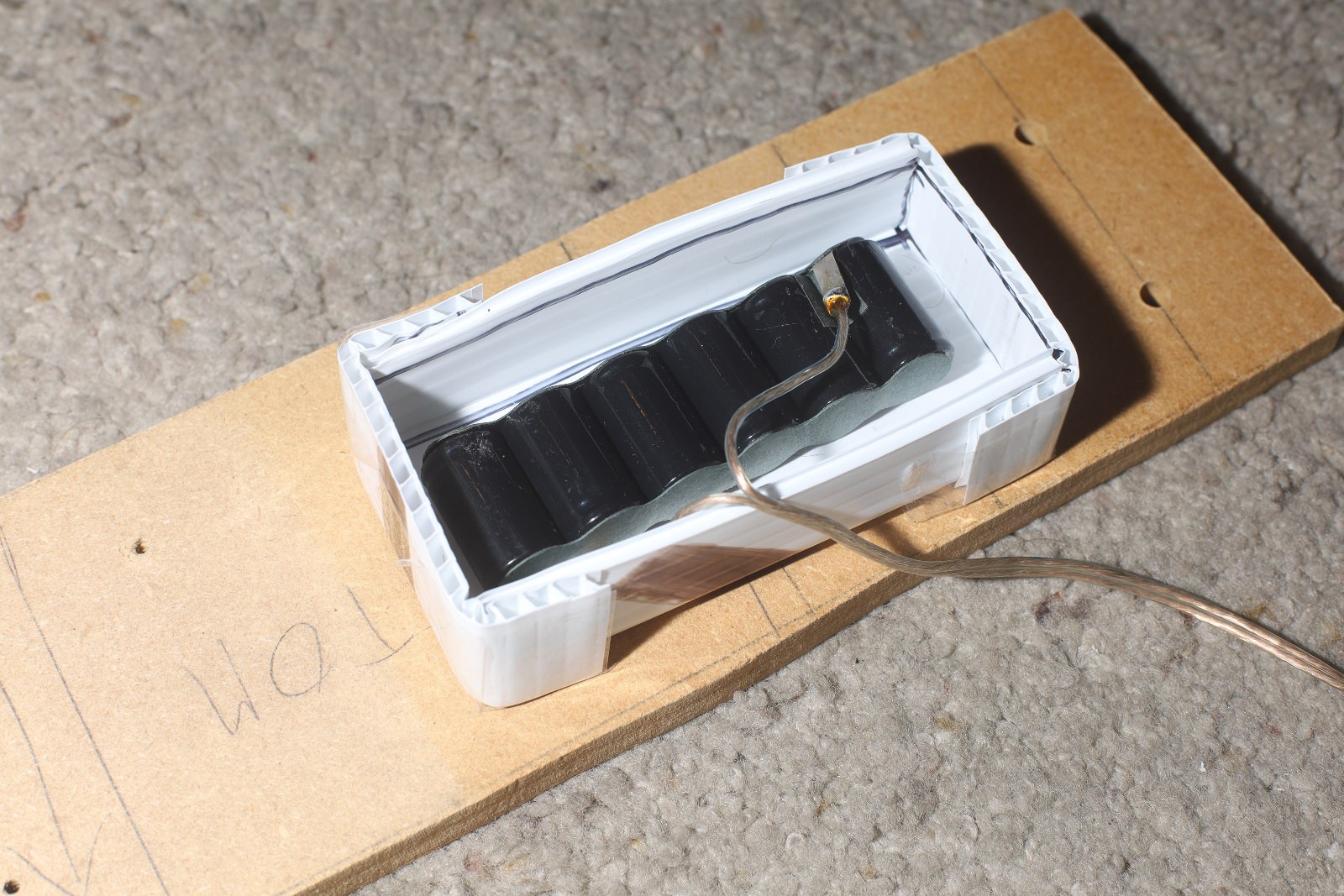
Instead of a lipo with charging circuit, the solar panel goes directly into a NiMH through a diode. No over charging worries.

Coroplastic & zip ties are arranged in such a way as to ensure airflow while protecting from rain. This also provided a space for solar panels.
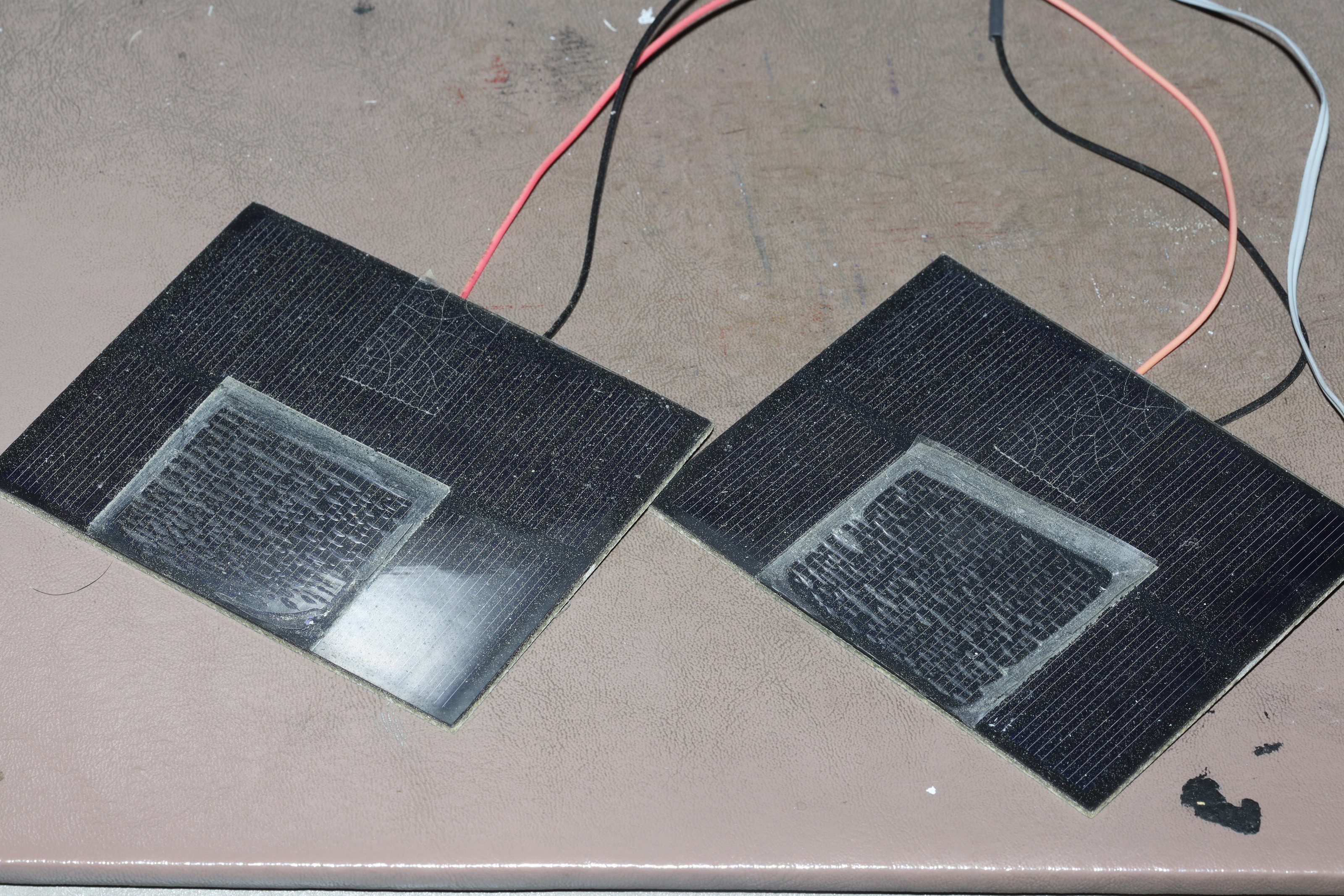
The mane problem is making the weather station last. After 6 months, the packing tape all disintegrated. A more permanent solution was needed. Fortunately, 3D printing had arrived. The internet tends to use lots of hot glue in weather stations, but this all melts.
 lion mclionhead
lion mclionhead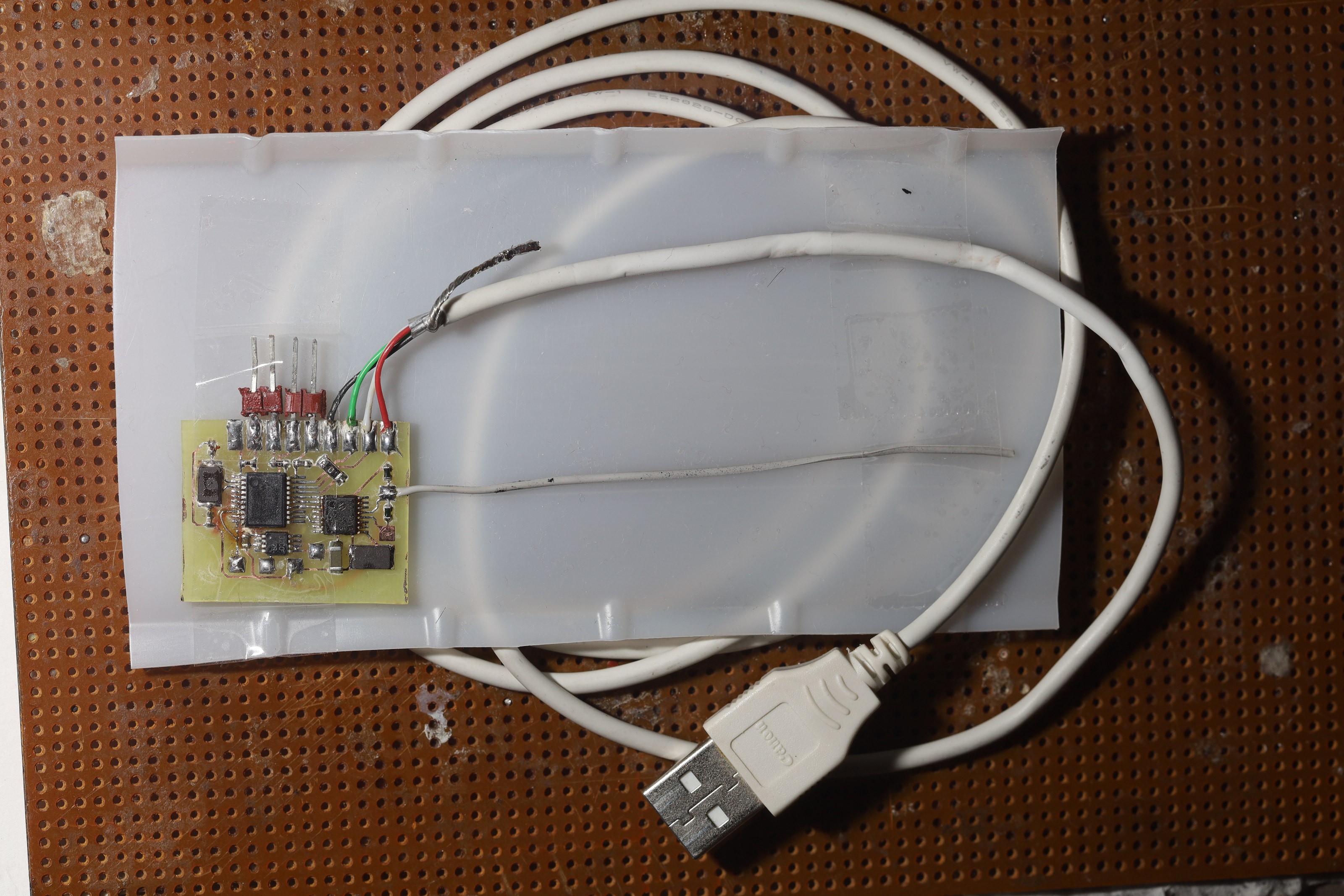
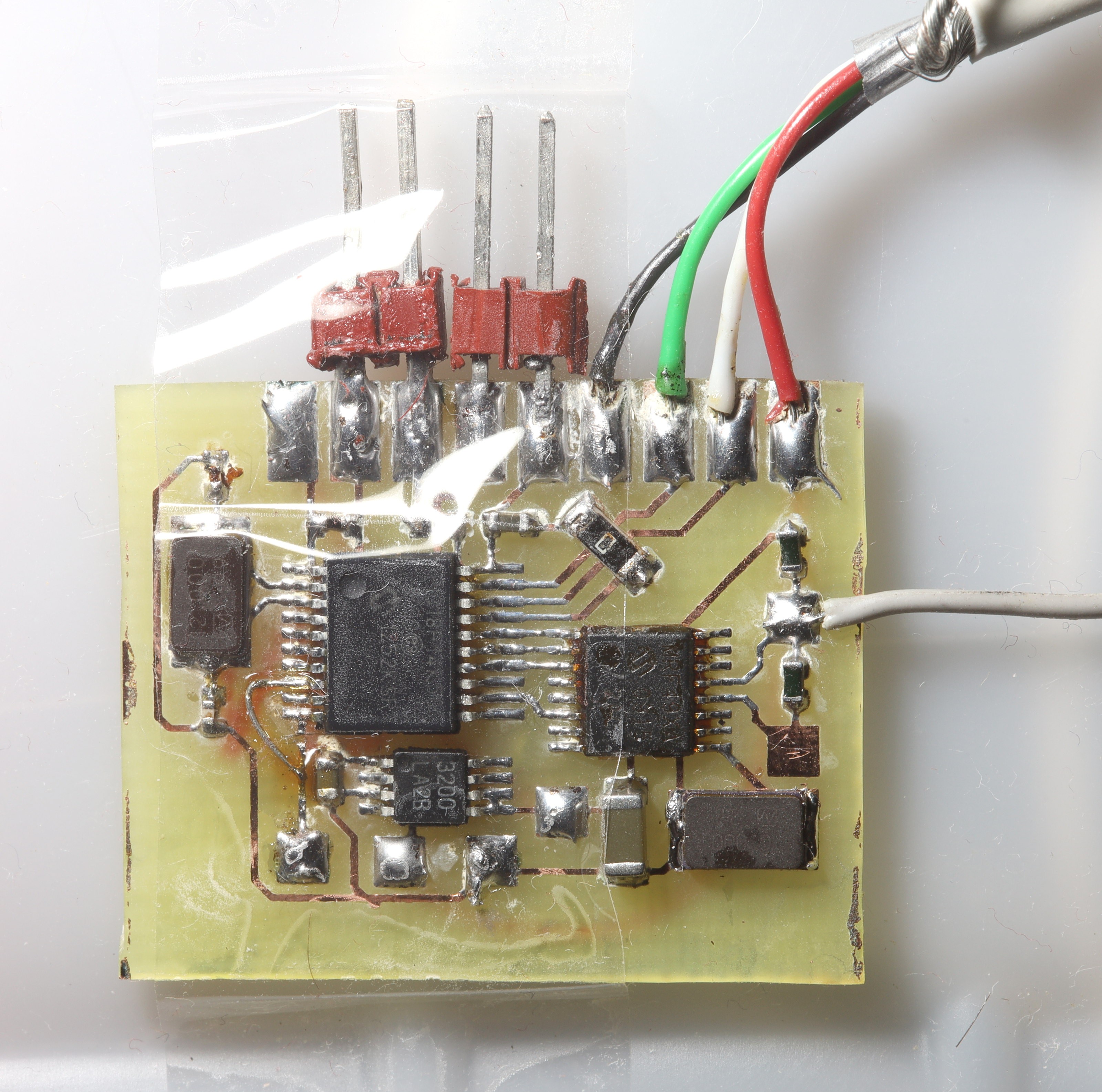
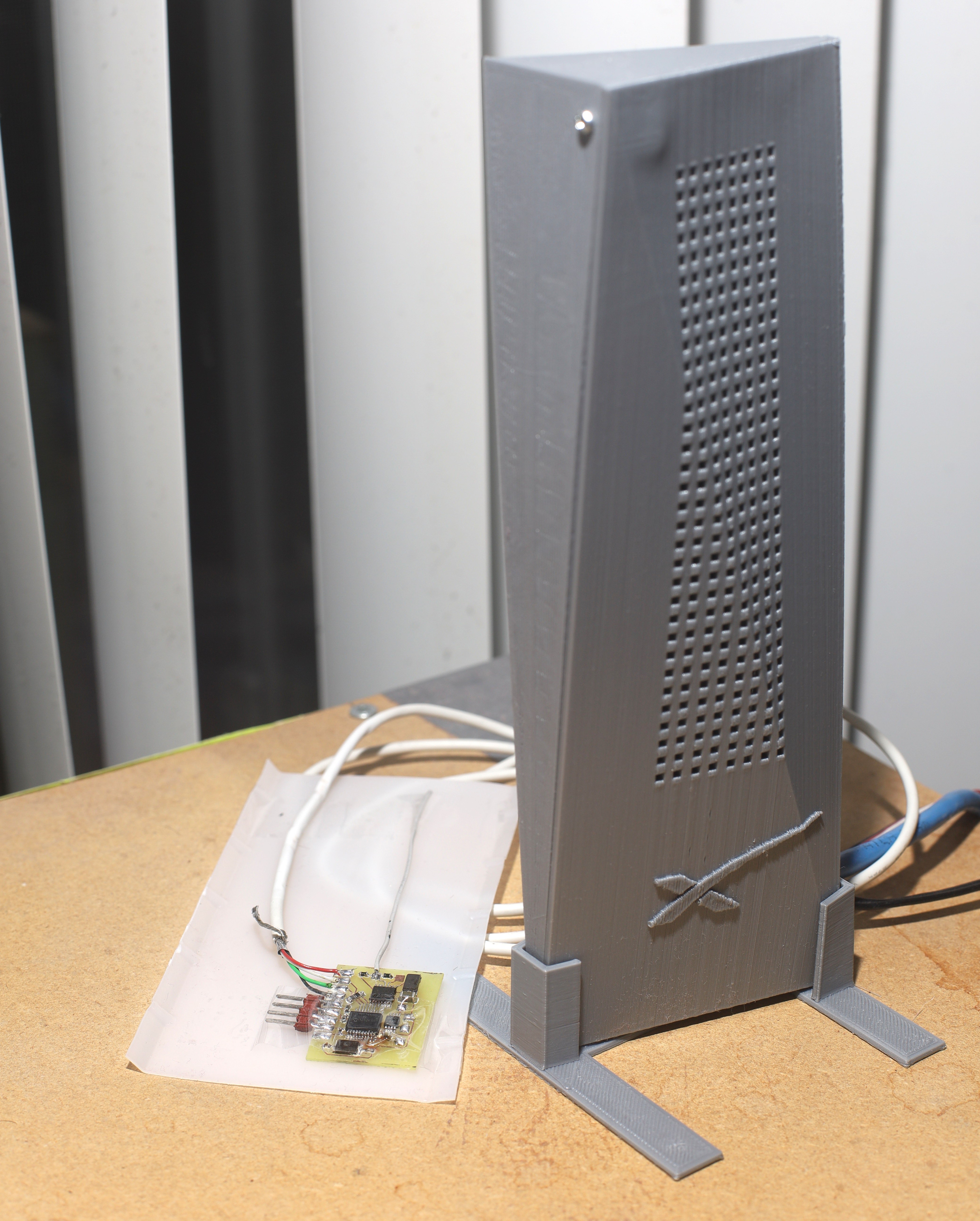
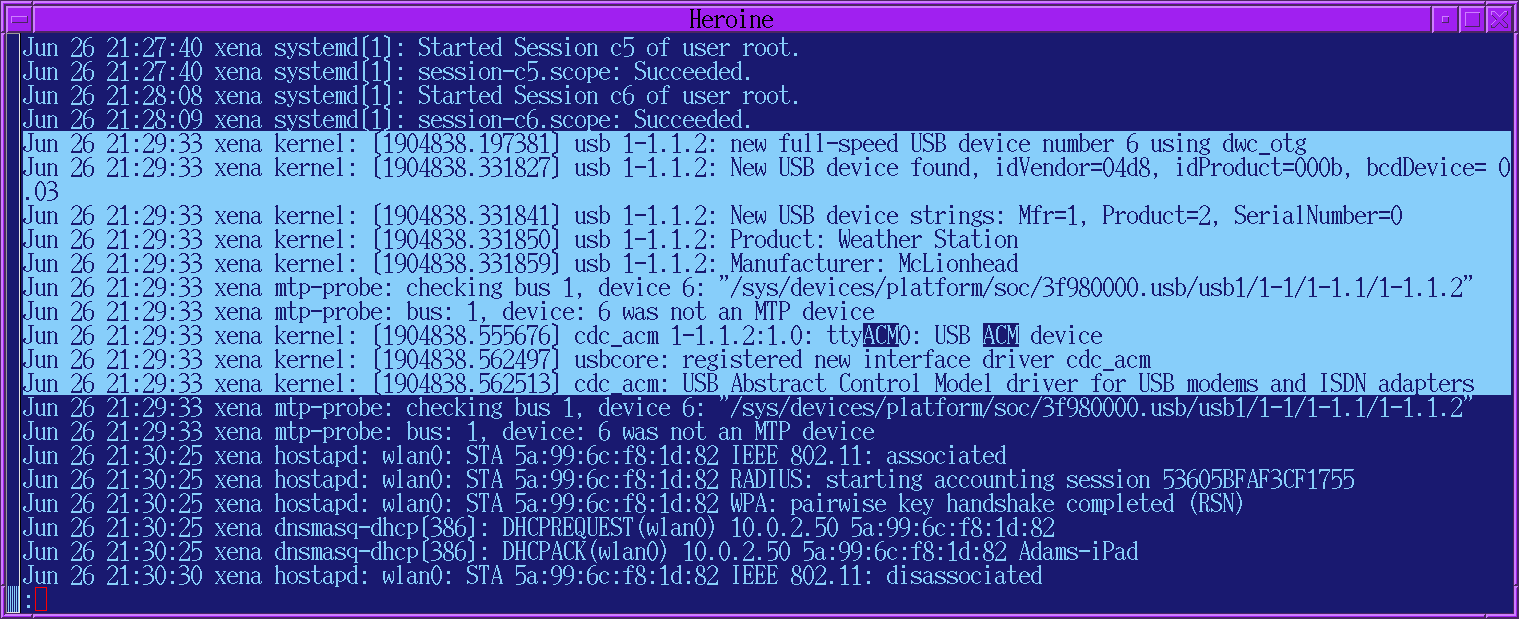
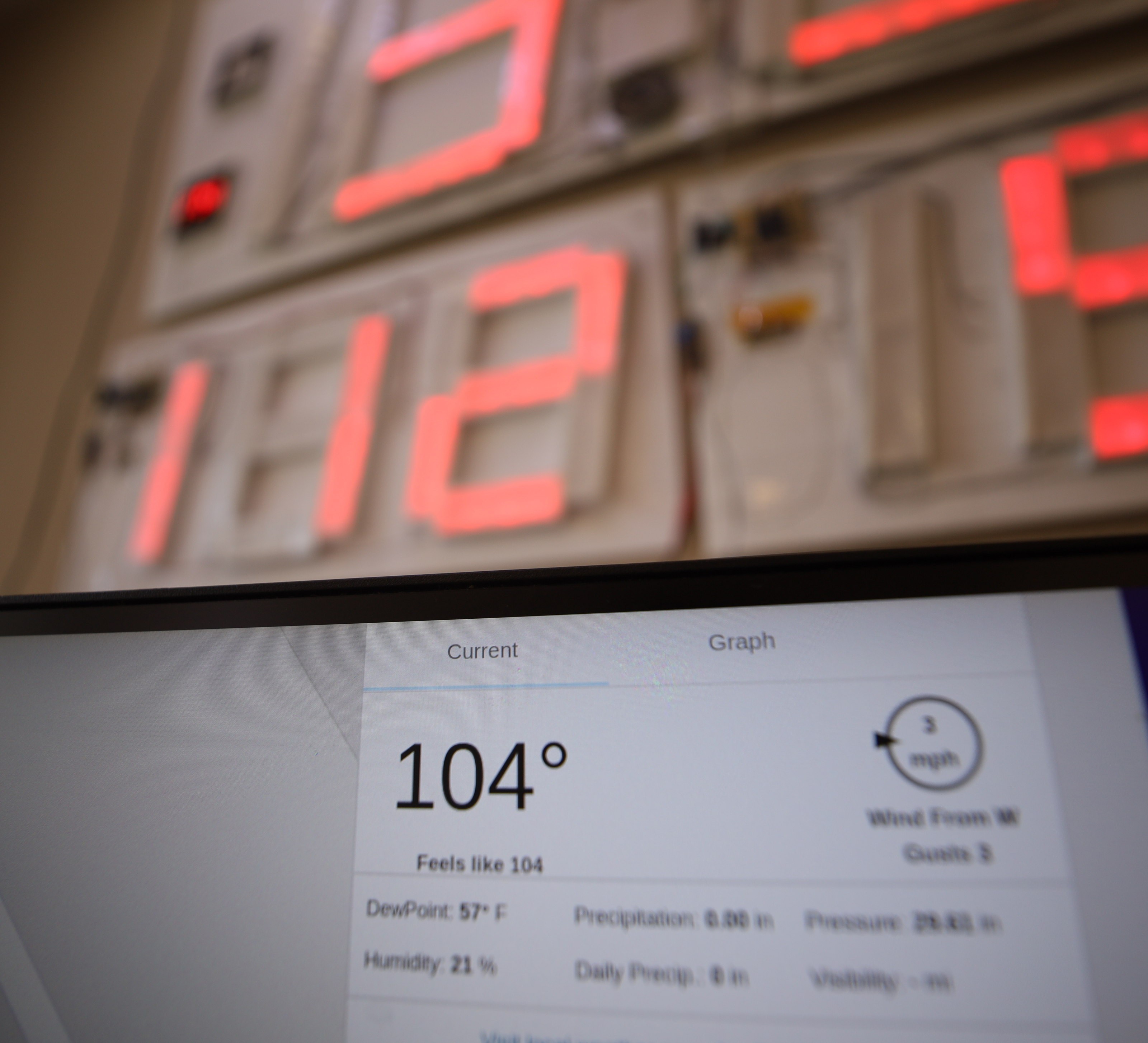

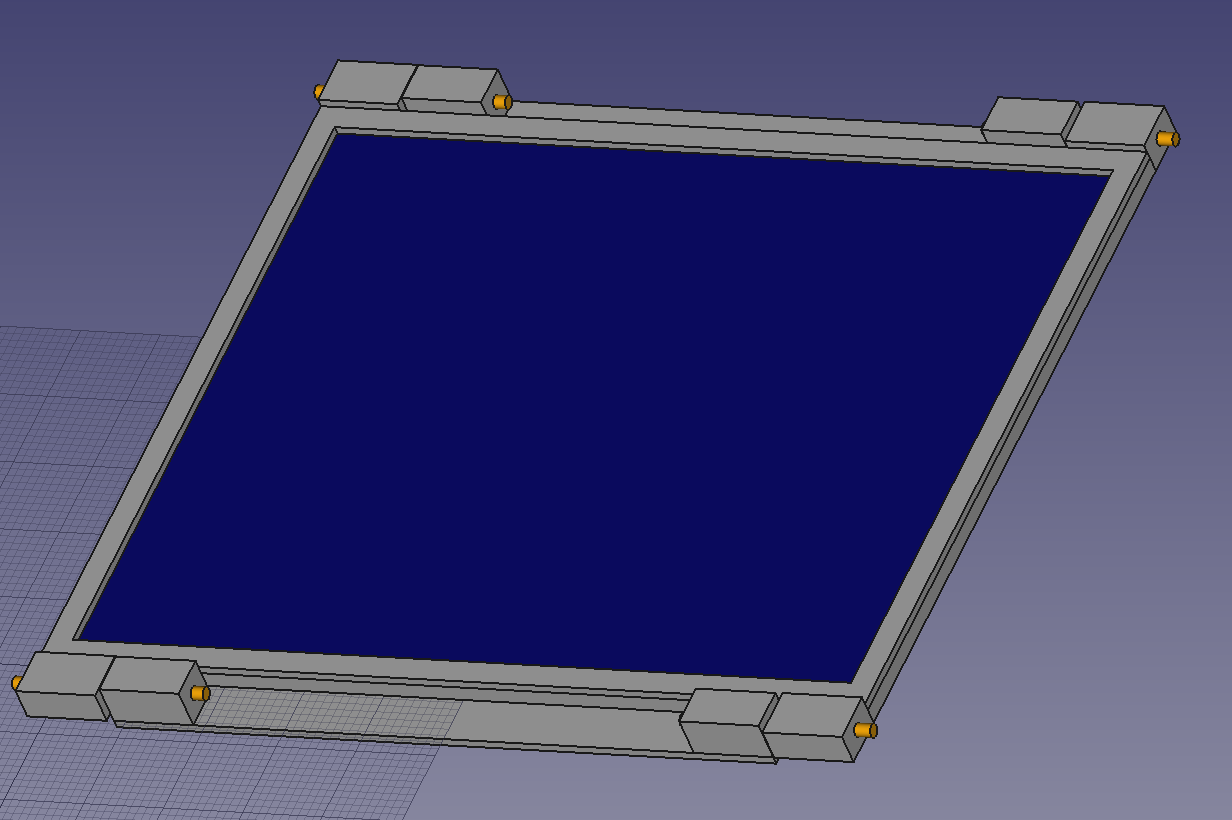
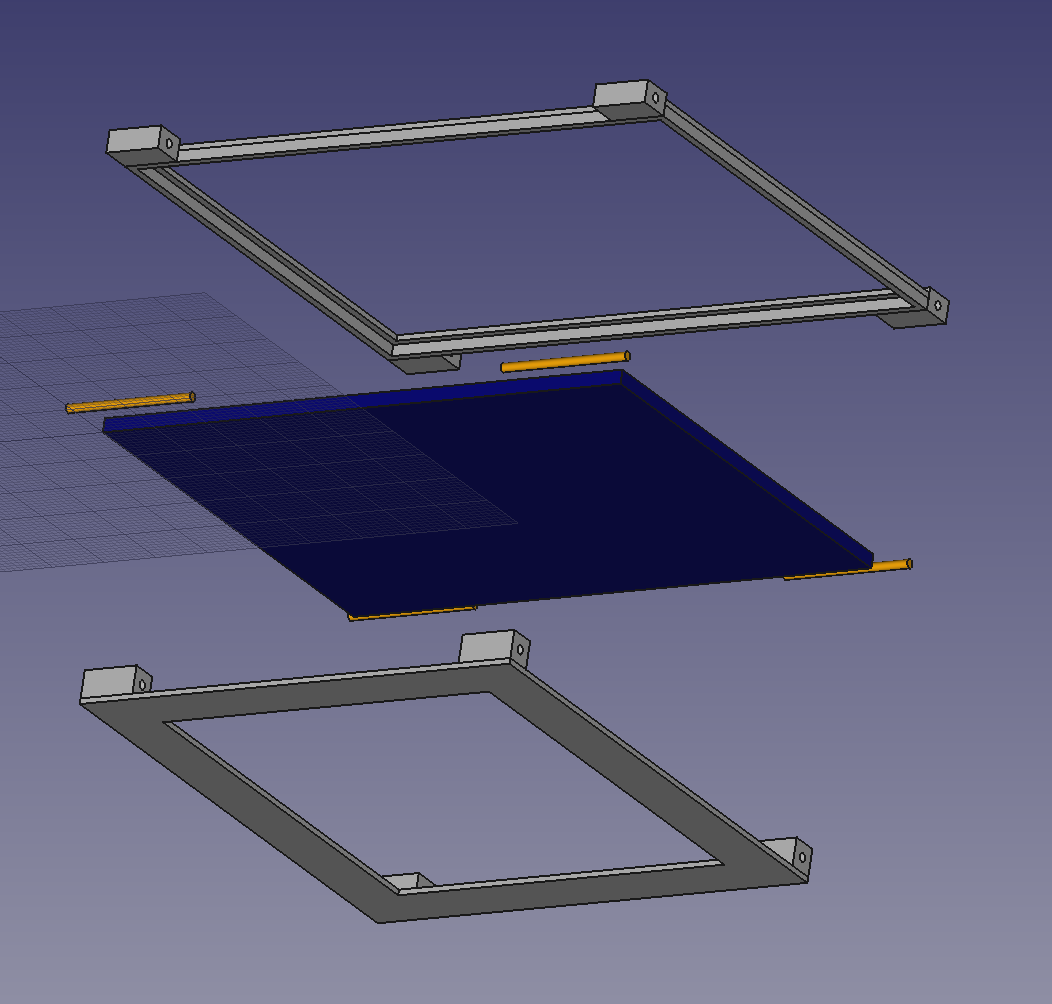

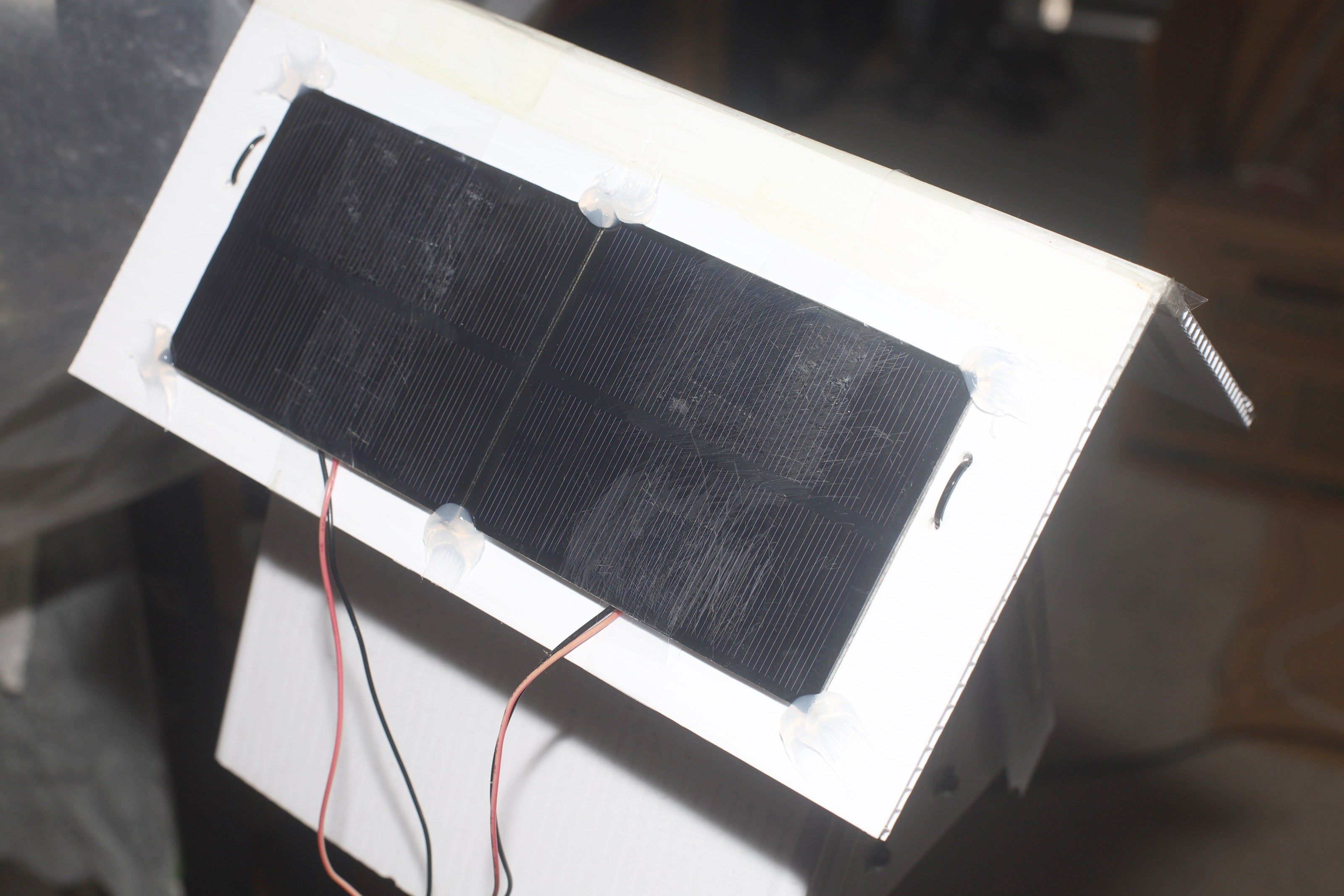


 Tim Rightnour
Tim Rightnour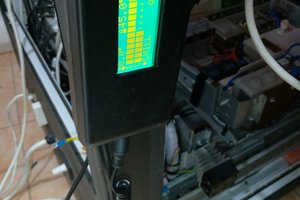
 Andrew Shevchuk
Andrew Shevchuk